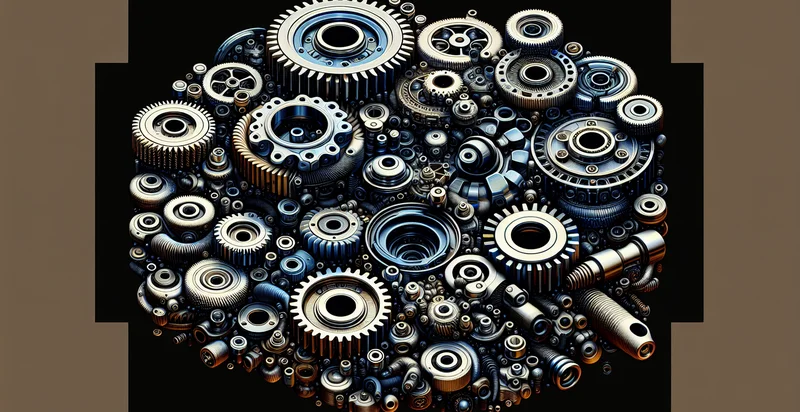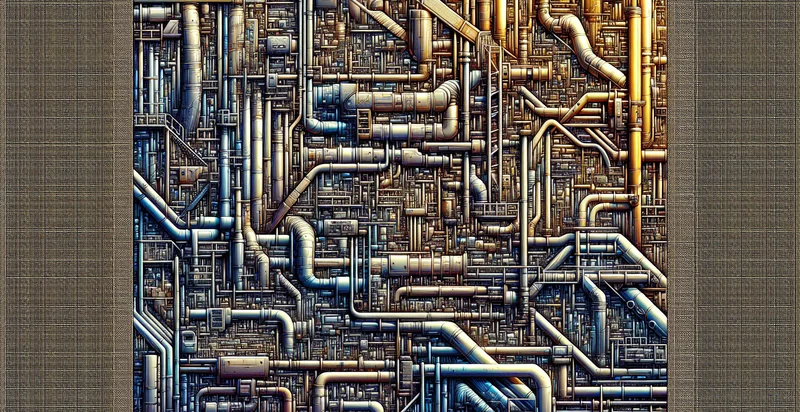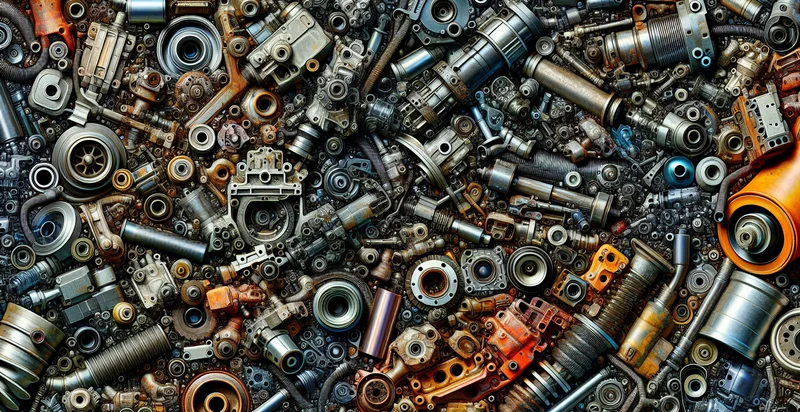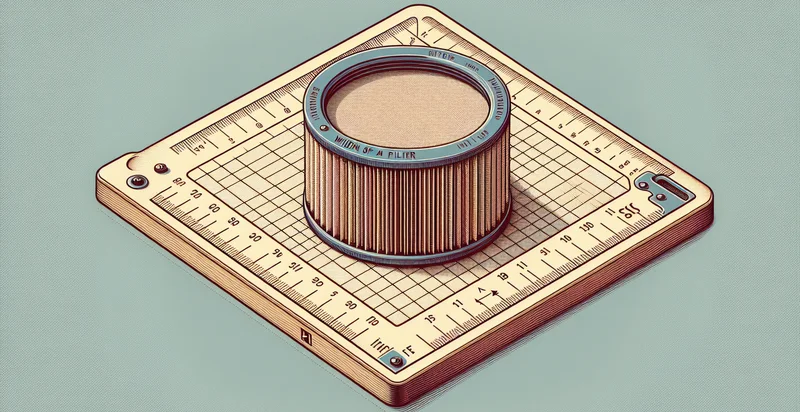Identify cam profiles
using AI
Below is a free classifier to identify cam profiles. Just upload your image, and our AI will predict the type of cam profile it represents. - in just seconds.

Contact us for API access
Or, use Nyckel to build highly-accurate custom classifiers in just minutes. No PhD required.
Get started
import nyckel
credentials = nyckel.Credentials("YOUR_CLIENT_ID", "YOUR_CLIENT_SECRET")
nyckel.invoke("cam-profiles", "your_image_url", credentials)
fetch('https://www.nyckel.com/v1/functions/cam-profiles/invoke', {
method: 'POST',
headers: {
'Authorization': 'Bearer ' + 'YOUR_BEARER_TOKEN',
'Content-Type': 'application/json',
},
body: JSON.stringify(
{"data": "your_image_url"}
)
})
.then(response => response.json())
.then(data => console.log(data));
curl -X POST \
-H "Content-Type: application/json" \
-H "Authorization: Bearer YOUR_BEARER_TOKEN" \
-d '{"data": "your_image_url"}' \
https://www.nyckel.com/v1/functions/cam-profiles/invoke
How this classifier works
To start, upload your image. Our AI tool will then predict the type of cam profile it represents..
This pretrained image model uses a Nyckel-created dataset and has 48 labels, including Budget, City, Classic, Compact, Convertible, Coupe, Crossover, Cylinder, Diesel and Drag.
We'll also show a confidence score (the higher the number, the more confident the AI model is around the type of cam profile it represents.).
Whether you're just curious or building cam profiles detection into your application, we hope our classifier proves helpful.
Related Classifiers
Need to identify cam profiles at scale?
Get API or Zapier access to this classifier for free. It's perfect for:
- Manufacturing Quality Control: The false image classification function can be employed in manufacturing settings to identify faulty products based on their cam profiles. By automating the inspection process, businesses can reduce defects, minimize waste, and enhance overall product quality.
- Automotive Part Verification: In the automotive industry, this function can help verify the authenticity and quality of camshaft profiles used in engines. By accurately classifying cam profiles, manufacturers can ensure that only parts meeting quality standards are used, improving vehicle performance and reliability.
- Agricultural Equipment Analysis: Farmers and agricultural equipment manufacturers can utilize the classification function to analyze cam profiles in machinery. By identifying abnormal wear or damage, stakeholders can schedule timely maintenance, reducing the risk of equipment failure during critical farming periods.
- Supply Chain Management: Companies involved in the supply chain can use image classification to verify the cam profiles of incoming components. This ensures that all parts meet specified standards, reducing delays and ensuring the smooth operation of production lines.
- Research and Development: R&D departments can leverage this technology to test and refine new cam profile designs. By analyzing image data, companies can gain insights into performance characteristics, leading to innovative designs and enhanced product offerings.
- Forensic Analysis in Machine Failures: The function can be used in forensic analysis to investigate the root causes of machine failures by examining the cam profiles of malfunctioning parts. Analyzing these images can provide valuable data that aids in future design improvements and failure prevention strategies.
- Training and Education: Educational institutions offering mechanical engineering courses can incorporate this image classification function into their curricula. By providing students with practical experience in recognizing and categorizing cam profiles, institutions can enhance learning outcomes and prepare students for industry challenges.


